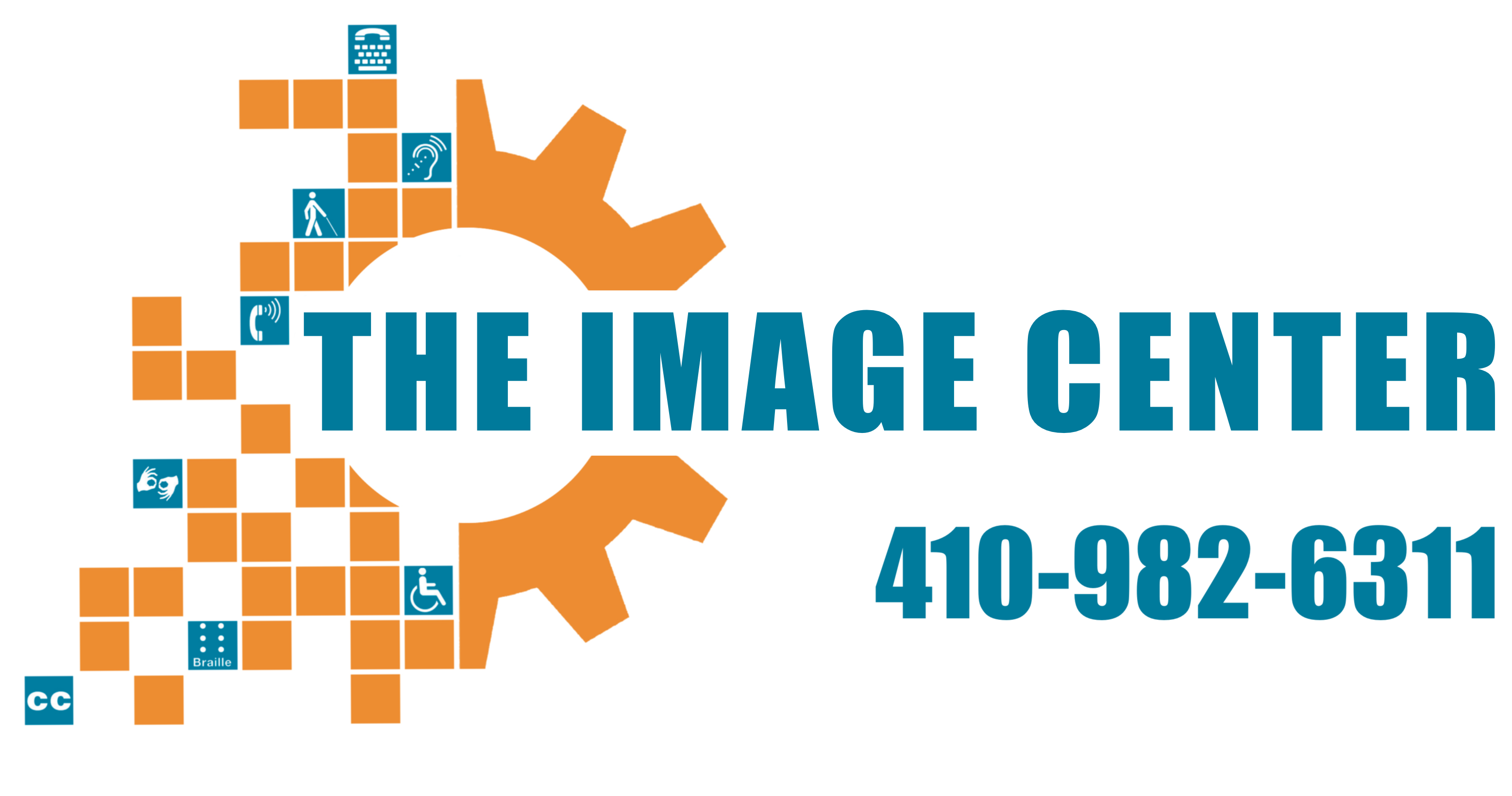Researching affordable, accessible, and integrated housing is a difficult and time-consuming process. Here at The IMAGE Center, we work with individuals on identifying their options and advising them on various research opportunities to help broaden their research, keeping their access needs in mind throughout the process.
Tag: Housing
Marvin made three attempts to leave the nursing facility before he was able to move to his own home in the community. There were many difficulties and complications along the way. At first, the court told Marvin his income was too high to qualify for services in the community through the waiver program. The second […]
Categories
Housing and Disability
Kathryn Wallace As an Independent Living Specialist, part of my job is to have Information and Referral sessions with consumers. During these sessions, the consumer talks about an issue they are having at the moment, and are seeking some resources to help solve the issue that they might be having. The most common reason people […]
